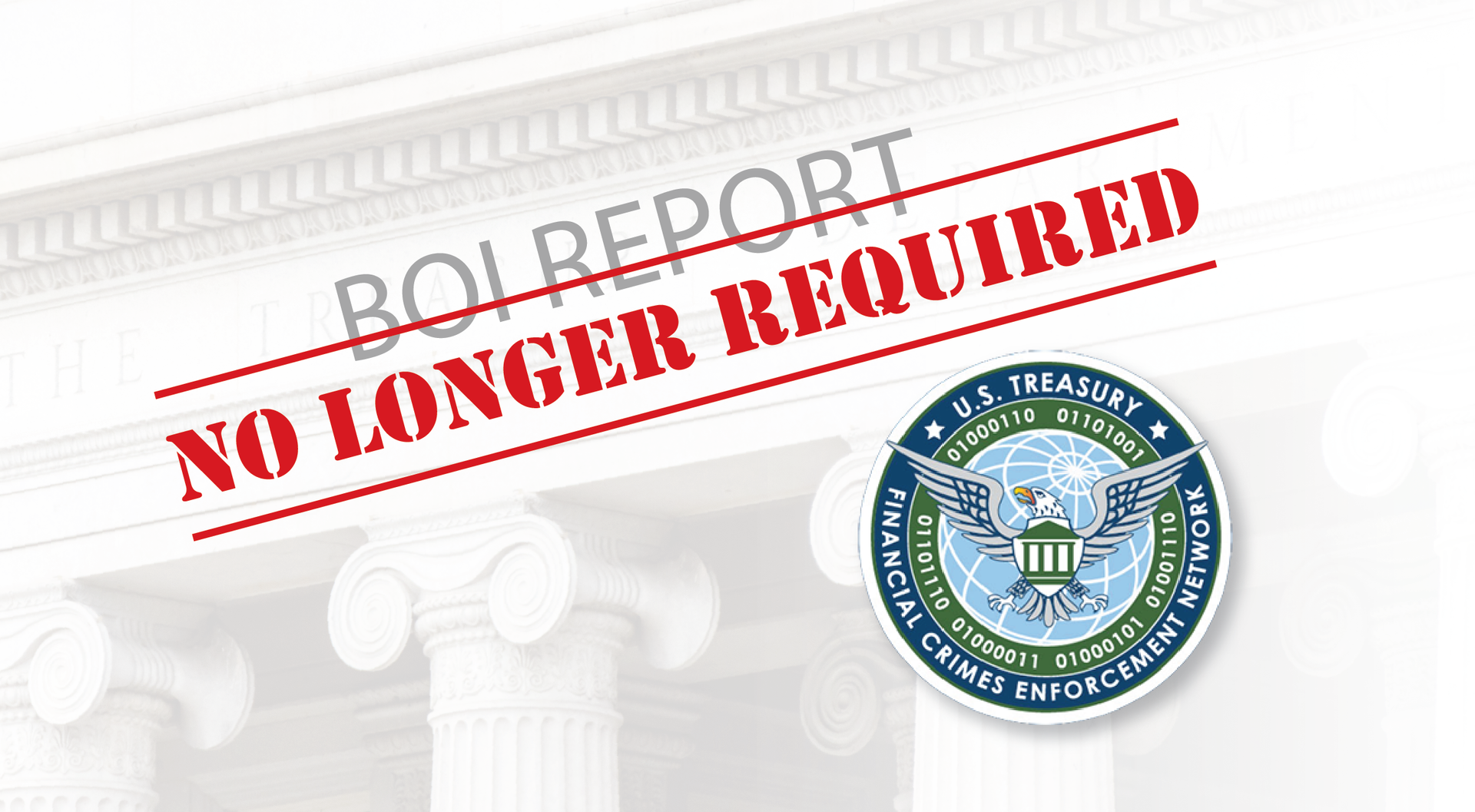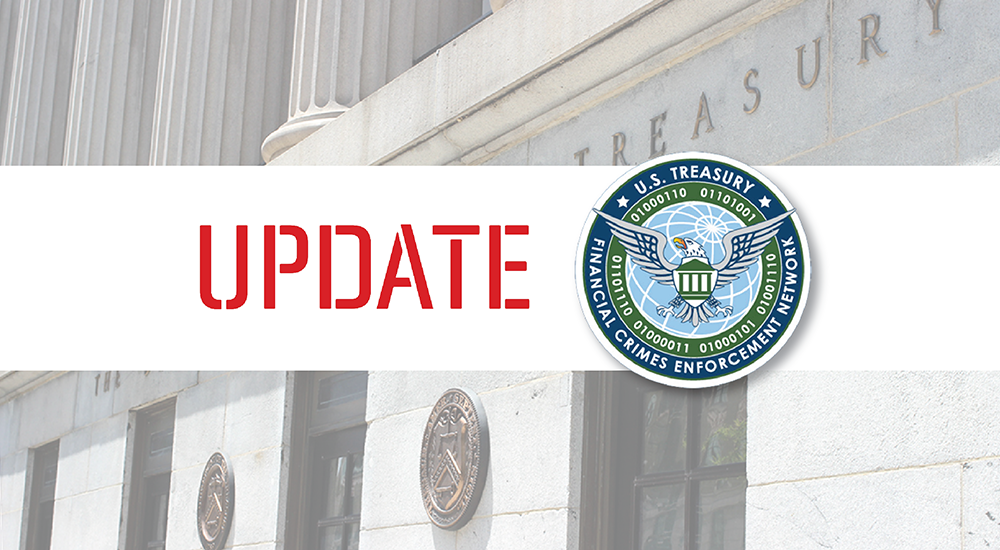Banking and Business Monthly – July 2023
Using Seller Financing to Get Deals Done

In the current interest rate environment, sellers and buyers of businesses are increasingly faced with financing shortfalls from traditional commercial lenders as roadblocks to getting deals closed. When this occurs, sellers and buyers often turn to seller financing, also known as owner-financing, as an efficient means to bridge the gap. In this arrangement, instead of (or, perhaps, in addition to) procuring a loan from a conventional lender like a bank, the buyer borrows directly from the seller. Loan terms such as the portion of the purchase price to be financed, the interest rate, the length of the loan, payment frequency, and other terms and conditions of the financing may be heavily negotiated between the parties, which are then memorialized in a promissory note executed by the buyer and made payable to the seller, often secured by other loan documents such as security agreements and guarantees. The promissory note outlines these terms and conditions and usually specifies events of default such as non-payment. The promissory note may also specify whether it is subordinated to senior debt from a traditional lender.
Seller financing can be a viable option for both small and large transactions, but it most often occurs in smaller transactions. In some cases, a buyer will propose the option of seller financing at the beginning of the transaction process, such as in the letter of intent. Alternatively, seller financing could be identified as an alternative route when a buyer has exhausted their available cash and is unable to obtain the necessary additional funding.
Here is an example of how seller financing works: a business owner looks to sell a successful restaurant. A prospective buyer is found with great enthusiasm and experience in the industry, but the buyer is unable to secure the full amount needed to purchase the business through a conventional loan. The owner, understanding the value of the buyer’s experience and enthusiasm, decides to use seller financing. They agree on a purchase price of $500,000, with a 20% down payment of $100,000 at closing. The remaining $400,000 is financed by the owner at an annual 8% interest rate over ten years. Monthly, the buyer pays about $5,245 to the seller directly. Such an installment sale allows the owner to sell the business while earning interest over time, and the buyer acquires a business it was not able to purchase through traditional financing methods.
Advantages and Disadvantages for Buyers
Below are some advantages and disadvantages for buyers to consider when contemplating seller financing:
Advantages:
- Qualifying can be less rigorous than securing a loan from a traditional lender.
- Terms can be negotiated since it is a direct agreement between buyer and seller.
- The closing process may be expedited and could proceed more quickly than a conventional loan.
- Less cash is required at closing.
Disadvantages:
- Seller financing may increase the debt burden on the business.
- Sellers may negotiate for higher interest rates due to the increased risk.
- Sellers often require collateral to secure the loan, such as a security interest in the equity or assets of the business.
Advantages and Disadvantages for Sellers
Below are some advantages and disadvantages for sellers to consider when contemplating seller financing:
Advantages:
- Seller financing may attract a larger pool of prospective buyers.
- Higher purchase prices may be obtained. Interest rates on the promissory note may be higher than what can be obtained in a more traditional market investment.
- Tax benefits of deferred gain recognition arising from an installment sale.
- Closing process is often expedited and proceeds more quickly than a conventional loan.
Disadvantages:
- Assuming more risk due to only receiving a portion of the purchase price at closing. Buyer’s payment of the promissory note may be contingent on future business performance.
- Unattractive option for sellers who have immediate liquidity needs and need the full purchase price upfront.
- A Seller loan will generally be subordinate to a buyer’s loan from a bank.
For further inquiries or questions regarding whether seller financing makes sense in your deal, please contact me at smigala@lavellelaw.com or (847) 705-7555.
More News & Resources
Lavelle Law News and Events










STAY UP TO DATE
Subscribe to our newsletter
Lavelle Law, Ltd. | All Rights Reserved |
Created by Olive + Ash.
Managed by Olive Street Design.


